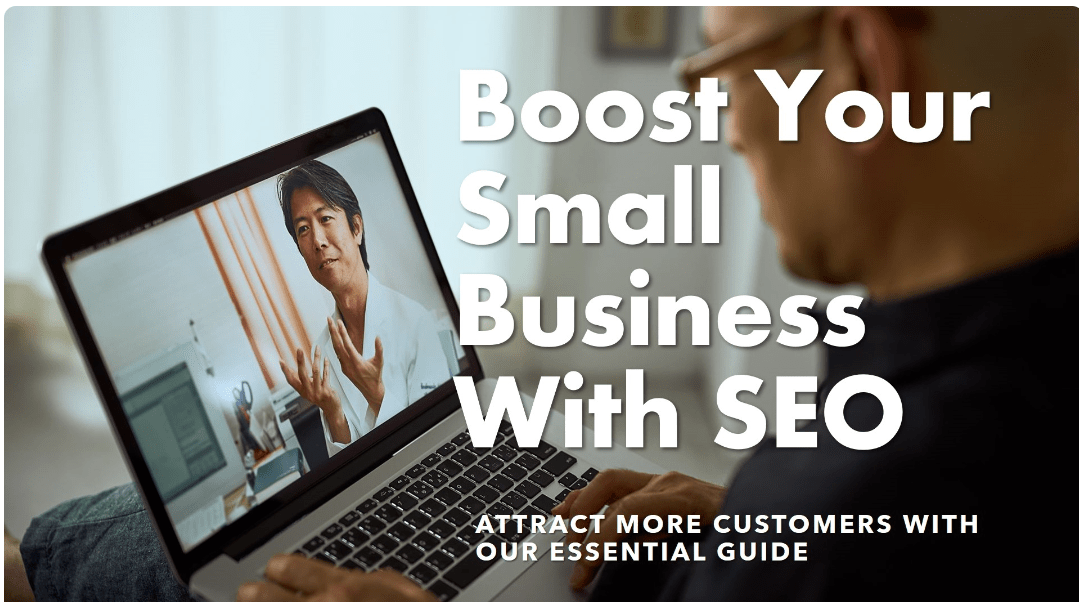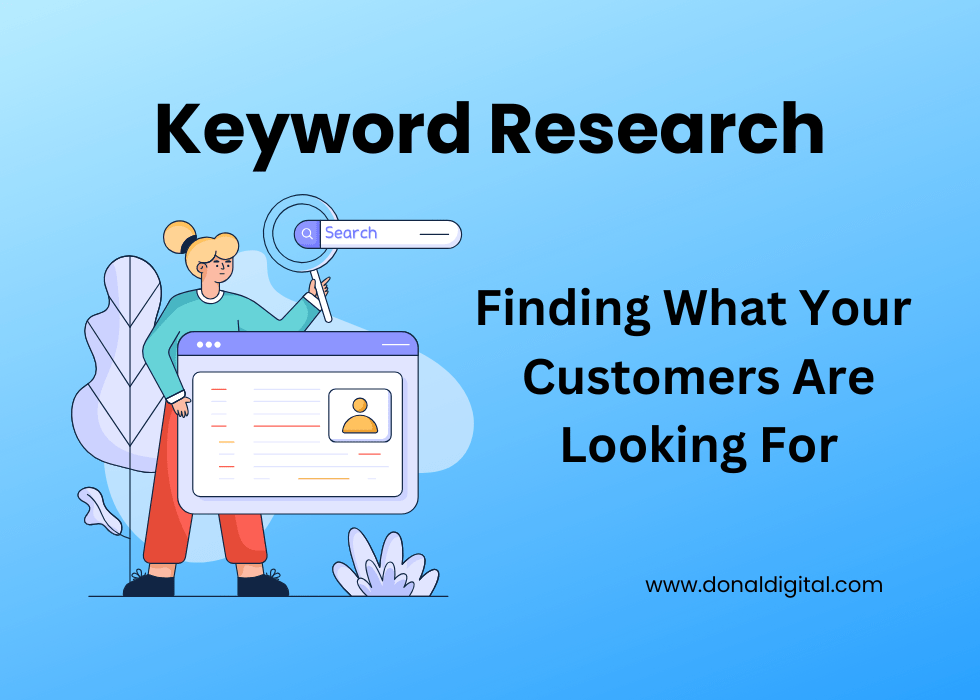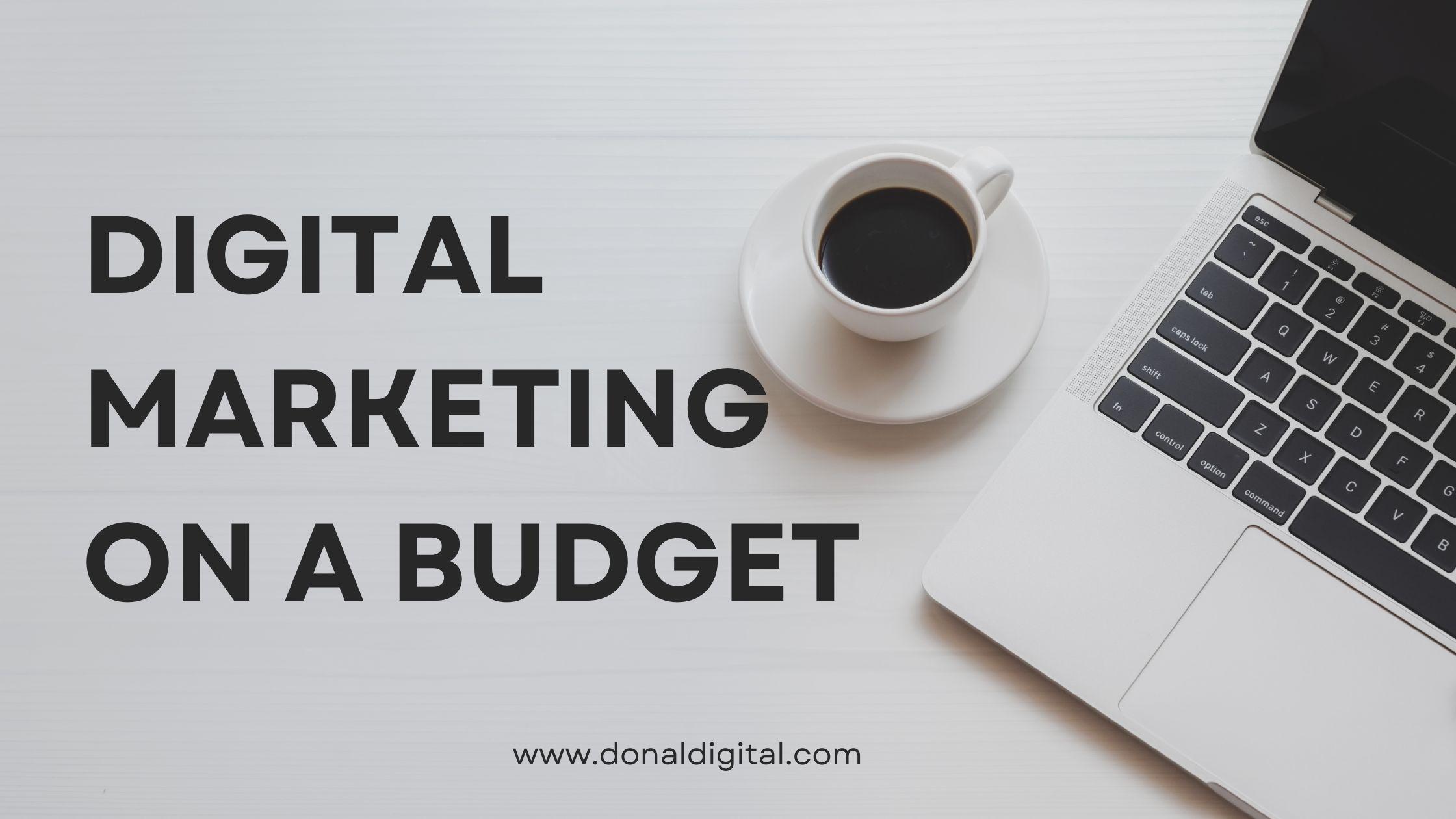To effectively take advantage of the vast advantages in the digital space, small businesses must have a strong online presence. But how do you make sure that your business stands out when there are so many others vying for customers’ attention?
Search Engine Optimization (SEO) is the solution to this challenge. The process of optimizing your website and online content to rank higher in search engine results and making it easy for potential customers to find you in the midst of other competitors is known as search engine optimization, or SEO.
Effective SEO may make the difference for small businesses between being overlooked by consumers and becoming their first option.
In this article, we’ll go over the importance of SEO, its principles, and practical methods that will help you increase your online presence and attract more prospects.
Why Every Small Businesses Should take SEO Seriously
SEO is not just for big companies with huge marketing budgets. In fact, it’s one of the most cost-effective ways for small businesses to grow. Here’s why SEO is essential for your business:
1. Increased Visibility
When someone searches for a product or service you offer, you want your business to appear at the top of the search results or SERP i.e search engine result page. The higher your website ranks, the more likely it is that people will find it and then click on it. SEO helps improve your rankings, making your business more visible to potential customers.
2. Attracting Targeted Traffic
Unlike traditional advertising or marketing, where you’re casting a wide net and hoping to catch a few leads, SEO targets people who are actively searching for what you offer. This means the traffic you attract through SEO is more likely to convert into paying customers.
3. Building Credibility and Trust
When your website appears at the top of search results, it’s seen as more credible and trustworthy by users. People tend to trust Google, so if your site ranks well, they’re more likely to trust your business as well.
4. Cost-Effective Marketing
For small businesses like you, every dollar counts. SEO provides a high return on investment (ROI) because, once you’ve optimized your site, you can continue to reap the benefits without ongoing costs. Unlike paid advertising, where you stop getting traffic as soon as you stop paying, the effects of SEO can last for months or even years.
How SEO Works: The Basics
SEO might seem complicated, but it boils down to a few key principles. Understanding these basics will help you make informed decisions as you start optimizing your site.
1. Keywords
Keywords are the words and phrases that people type into search engines. For example, if you run a bakery, relevant keywords might include “best bakery near me” or “artisan bread.” By incorporating these keywords into your website content, you signal to search engines what your site is about, and people searching for that keyword will find you.
2. On-Page SEO
On-page SEO involves optimizing individual pages on your website. This includes using keywords in your titles, headings, meta description, images and content, as well as ensuring your site is easy to navigate. Search engines look for well-organized, relevant content, so it’s important to make sure your site is user-friendly and provides valuable information.
3. Off-Page SEO
Off-page SEO refers to actions taken outside of your website that impact your rankings. The most important factor here is backlinks—links from other websites to yours. When reputable sites link to your content, it signals to search engines that your site is trustworthy and authoritative. So find ways to get other websites to link to you. Guest posting i.e sharing valuable content on other people’s website can also help your Off-Page activities.
4. Technical SEO
Technical SEO involves optimizing the backend of your website. This includes things like ensuring your site loads quickly, is mobile-friendly, and has a secure connection (HTTPS). Technical SEO is crucial because search engines prioritize sites that offer a good user experience.
Steps to use SEO in Attracting Customers
Now that you understand the basics of SEO, let’s dive into some actionable steps you can take to improve your website’s visibility and attract more customers.
1. Conduct Keyword Research
Before you start optimizing your site, you need to know what keywords your potential customers are using. There are many free and paid tools available, such as Google Keyword Planner, Answer the Public or Ahrefs, that can help you find relevant keywords for your business. Even using the features on Google search like what ‘People Also Ask’, ‘People also search for’ can give you idea of what people are searching for.
Focus on long-tail keywords—specific phrases that are less competitive but highly relevant to your business.
2. Optimize Your Website Content
Once you have your keywords, it’s time to incorporate them into your website. Start by optimizing your page titles, meta descriptions, and headings with your target keywords. Make sure your content is informative, engaging, and provides real value to your visitors. Avoid keyword stuffing—search engines are smart enough to recognize this and may penalize your site.
3. Improve Your Local SEO
For small businesses, local SEO is especially important. Make sure your business is listed on Google My Business and other local directories. Encourage satisfied customers to leave positive reviews, as these can significantly impact your local rankings. Additionally, include your location in your website content and meta tags to help local customers find you.
4. Build High-Quality Backlinks
Reach out to other websites in your industry and ask for backlinks. As mentioned earlier, you can do this by writing guest posts, collaborating on content, or simply asking for a link. The more high-quality backlinks you have, the better your site will rank.
5. Optimize for Mobile and Speed
Most people now access websites on their mobile devices, so it’s crucial that your site is mobile-friendly. Ensure that your site design is responsive, meaning it adapts to different screen sizes. Additionally, optimize your site’s loading speed by compressing images, using a content delivery network (CDN), and minimizing the use of heavy scripts. If you are using a WordPress, reduce the number of plugins as much as you can and also use light-weight themes.
6. Monitor Your Performance
SEO is not a one-time task—it’s an ongoing process. Use tools like Google Analytics and Google Search Console to monitor your site’s performance. Pay attention to your rankings, traffic, and conversion rates, and adjust your strategy as needed.
Conclusion
SEO is a powerful tool for small businesses looking to grow their online presence and attract more customers.
By investing time and effort into optimizing your website, you can achieve higher visibility, attract targeted traffic, and build a strong, credible online brand.
Remember, SEO is a long-term strategy—it may take time to see significant results, but the benefits are well worth the effort. Stay consistent, keep learning, and don’t hesitate to seek professional help if needed.
Ready to boost your small business’s online presence?
At Donald Digital, we specialize in custom WordPress website design, SEO, and digital marketing strategies that help small businesses thrive in today’s competitive market. Let us help you create an effective SEO plan that drives results. Get in touch with us today to start your journey toward greater visibility and success!

Okey Chigbu is a tech solutions expert. He helps business owners and personal brands grow and scale their brands using digital tools and solutions. He loves sharing valuable resources with his audience.














